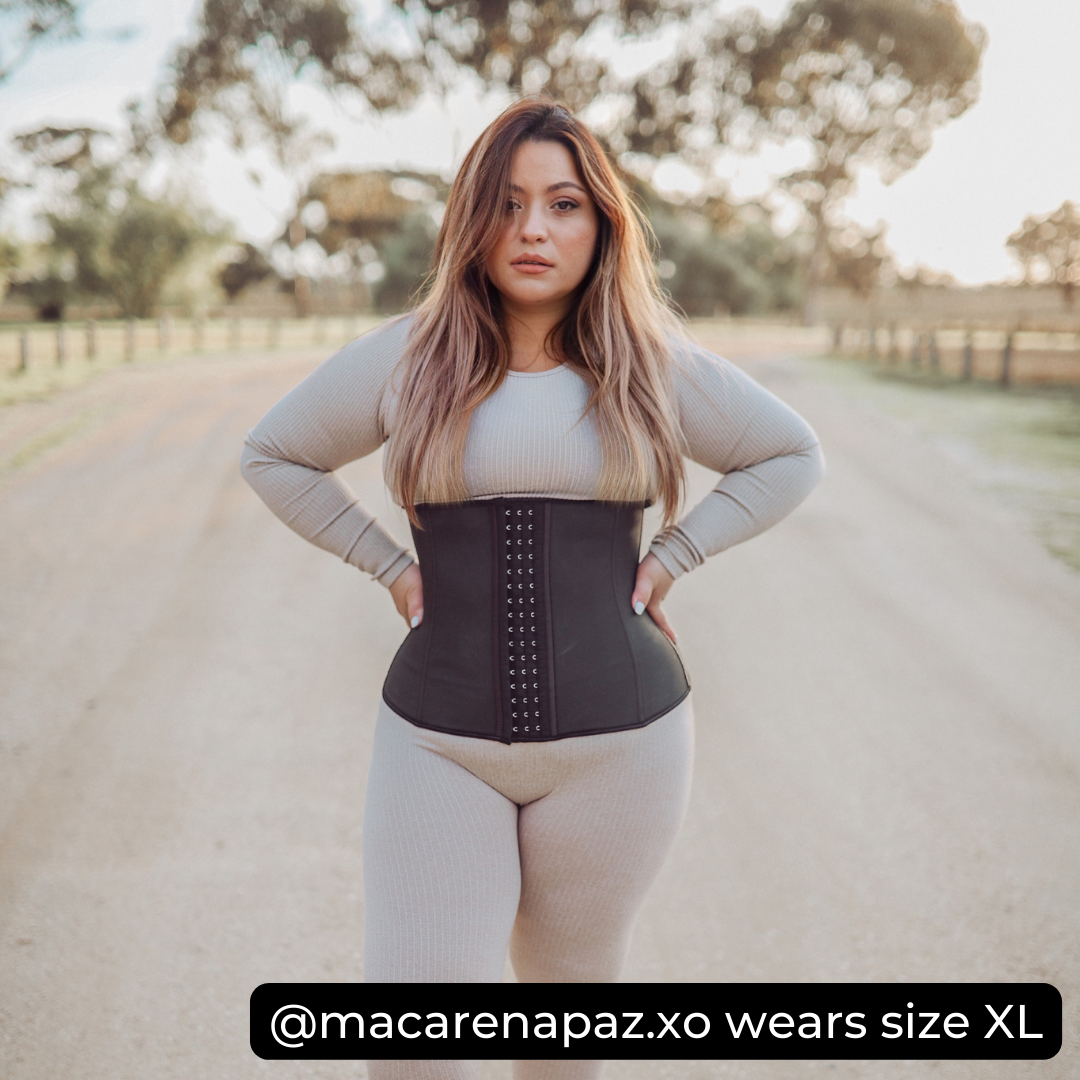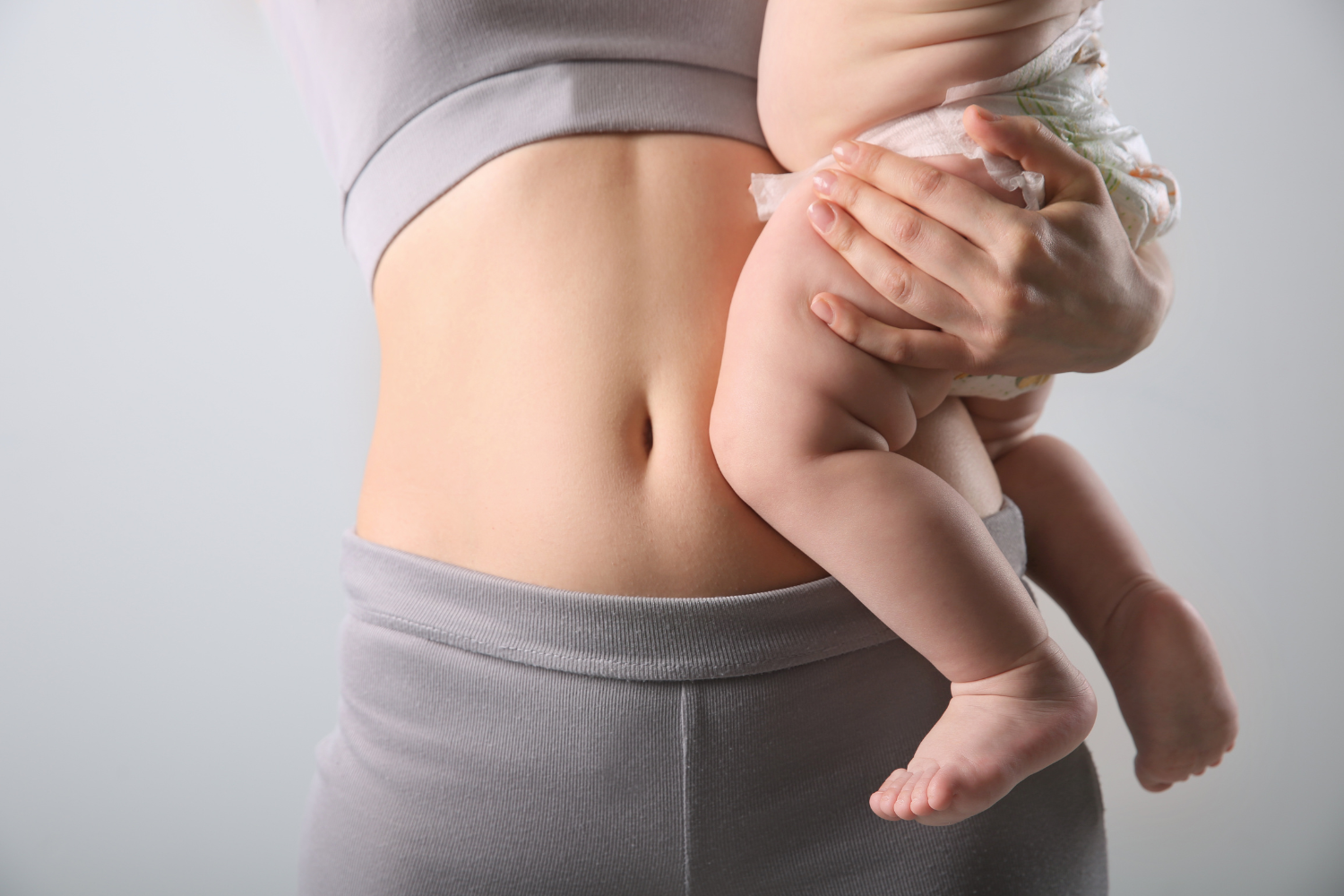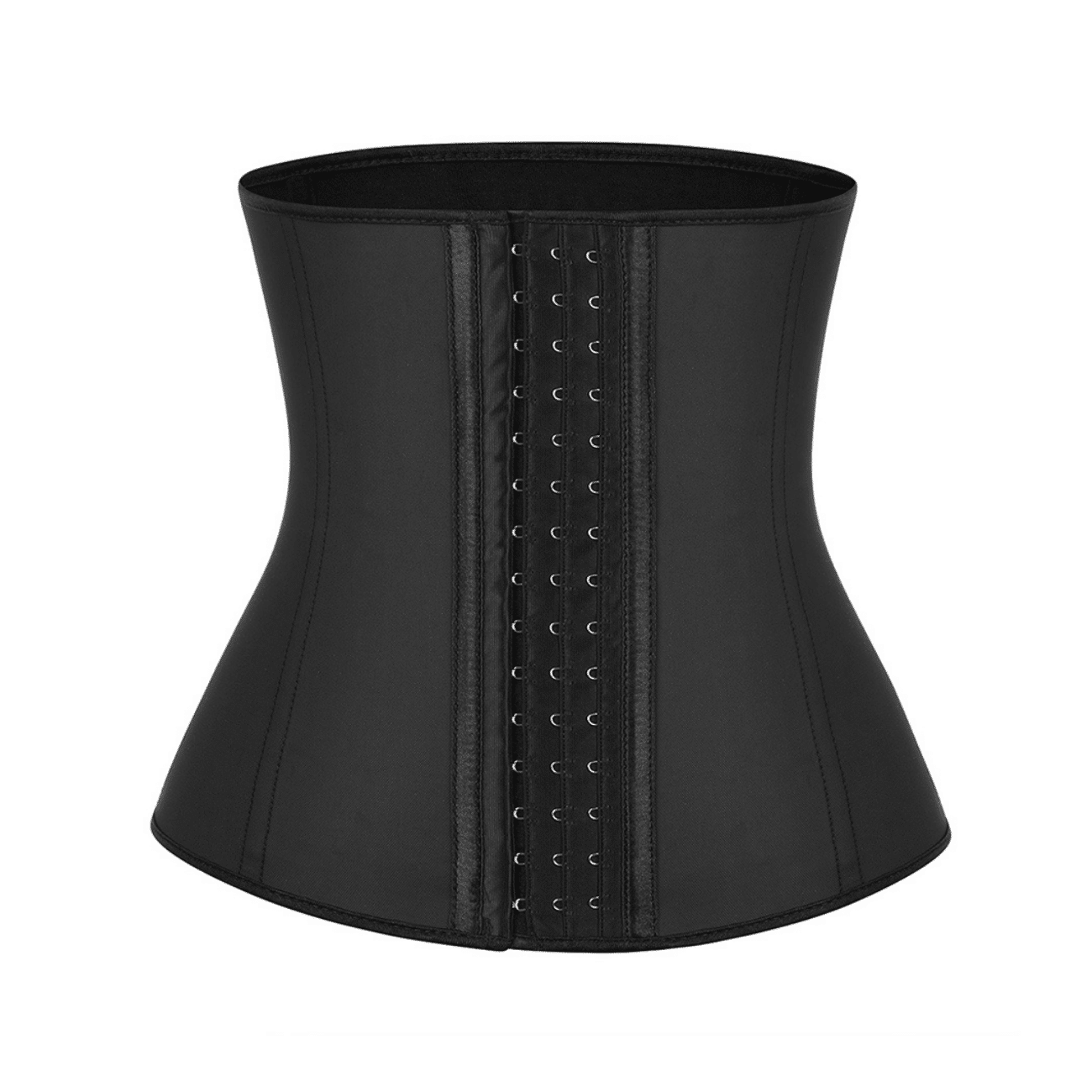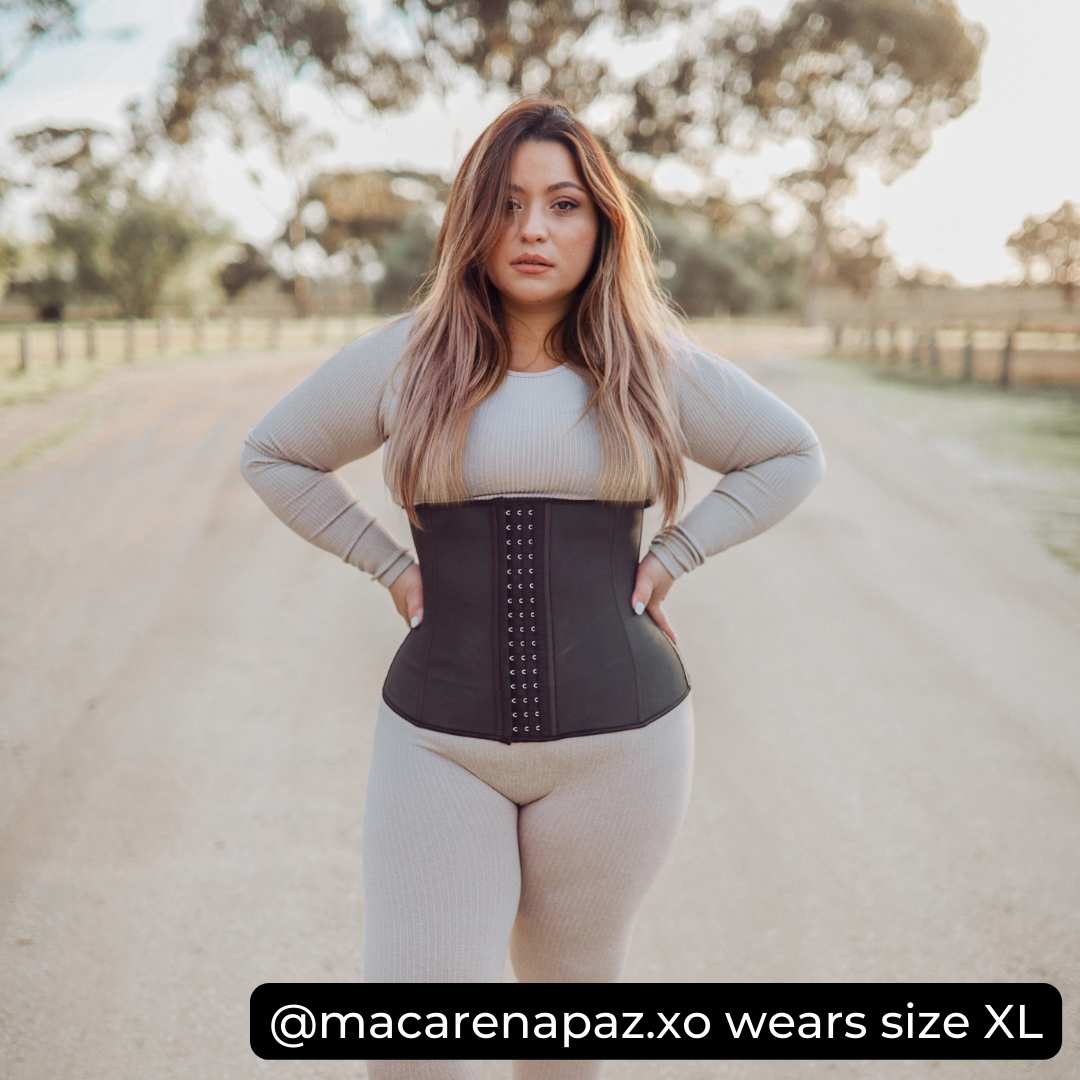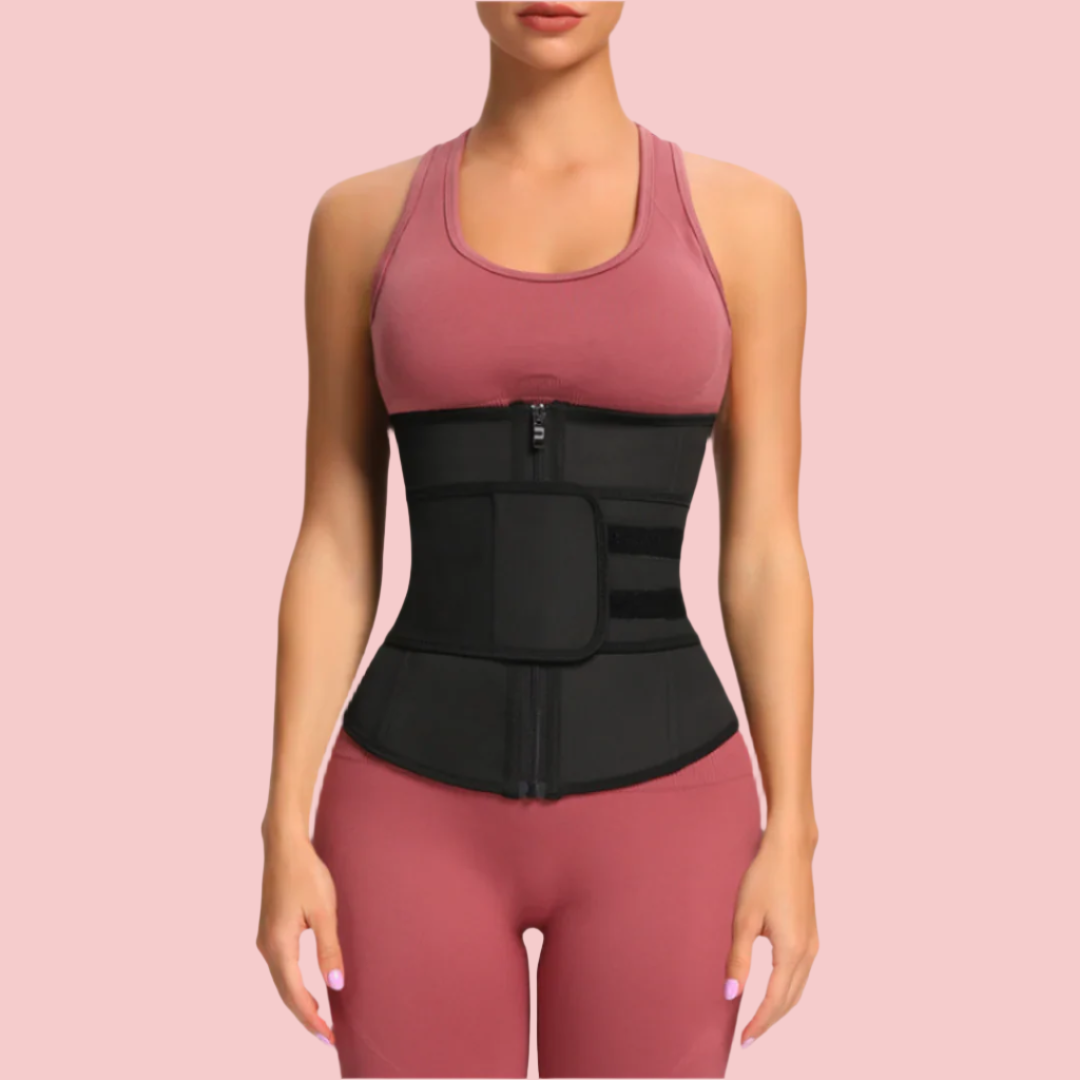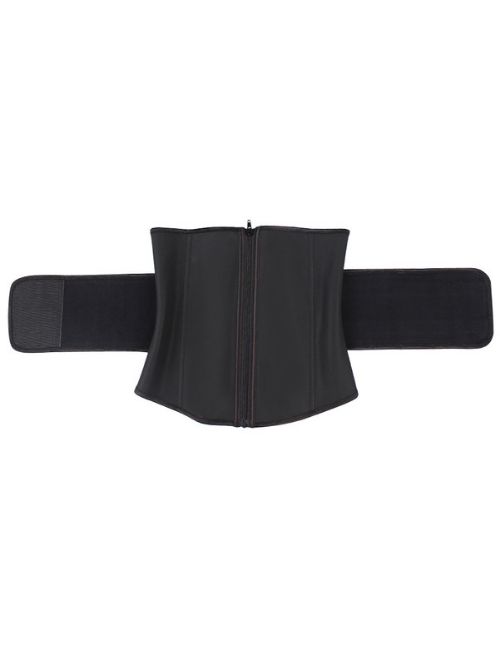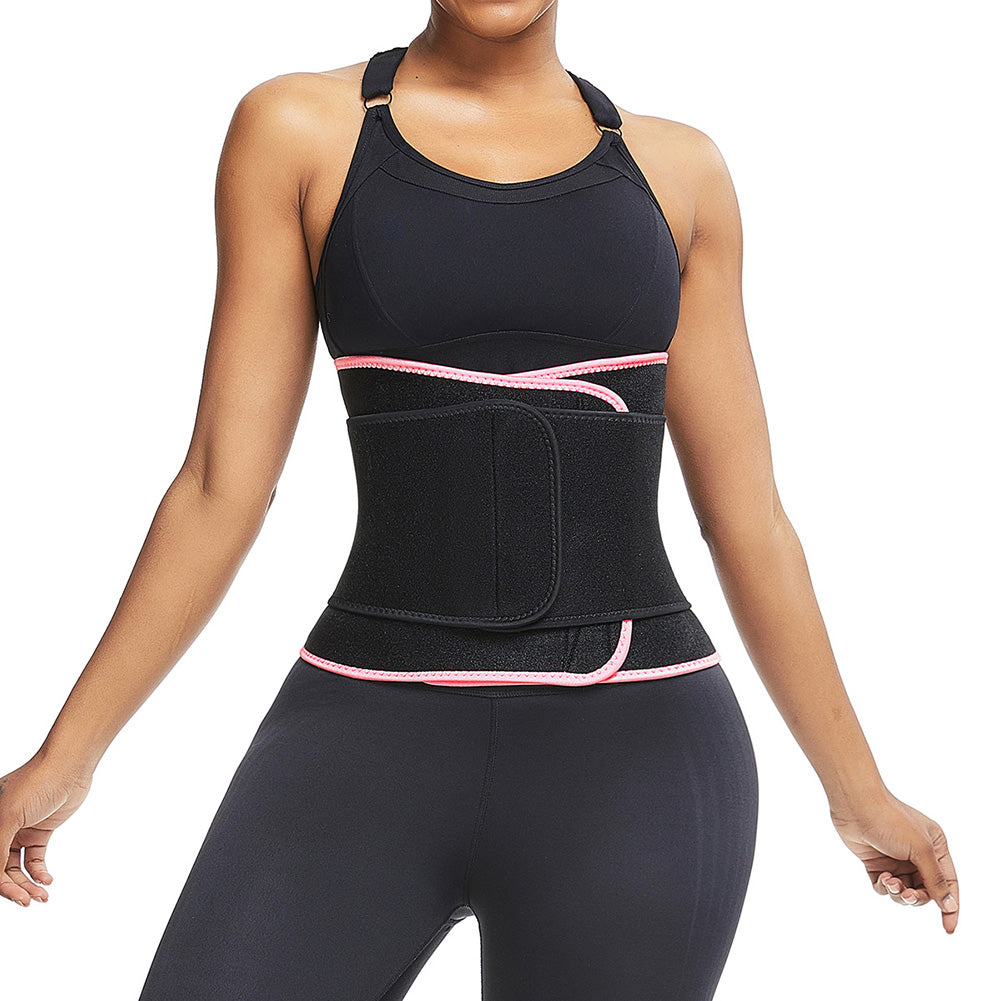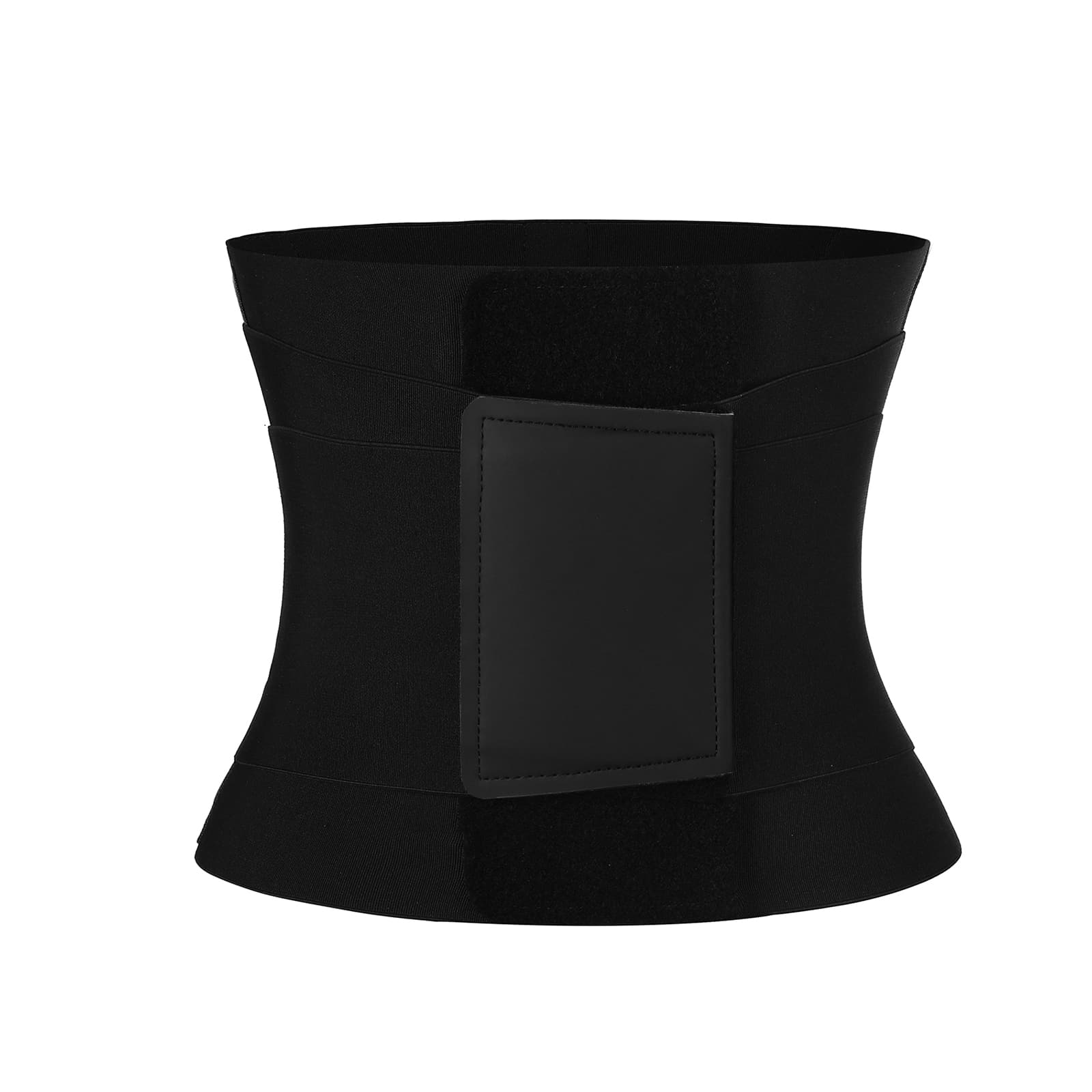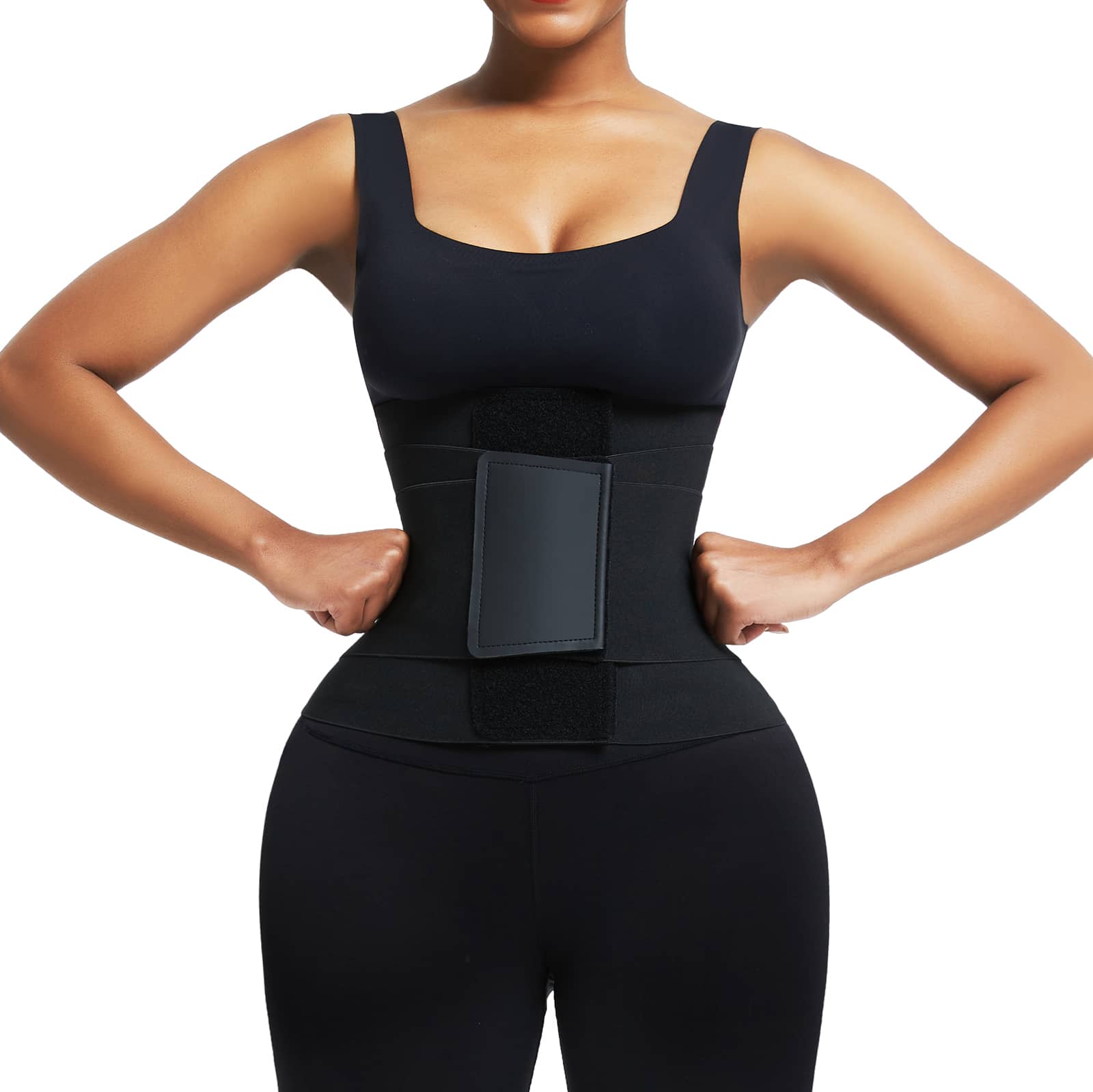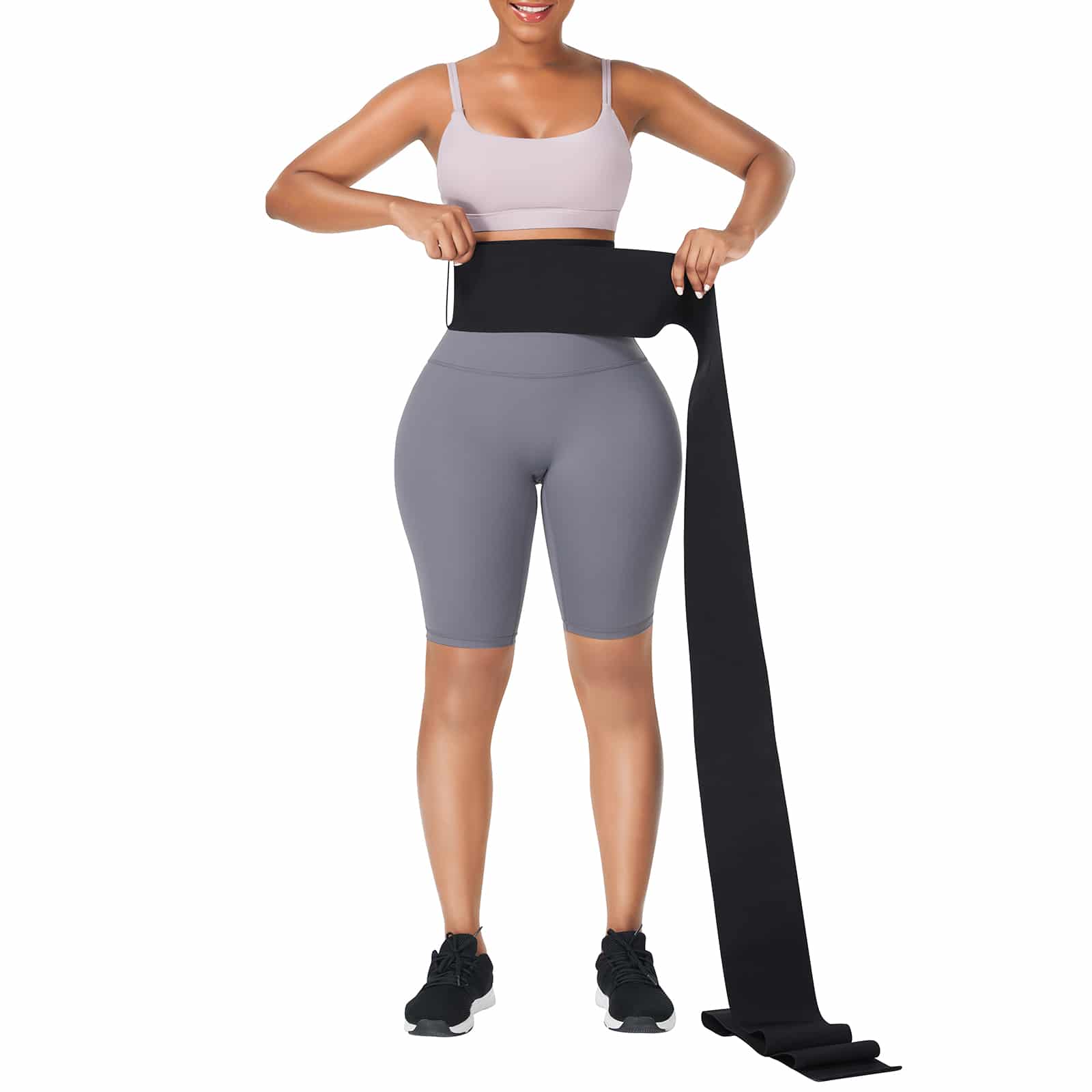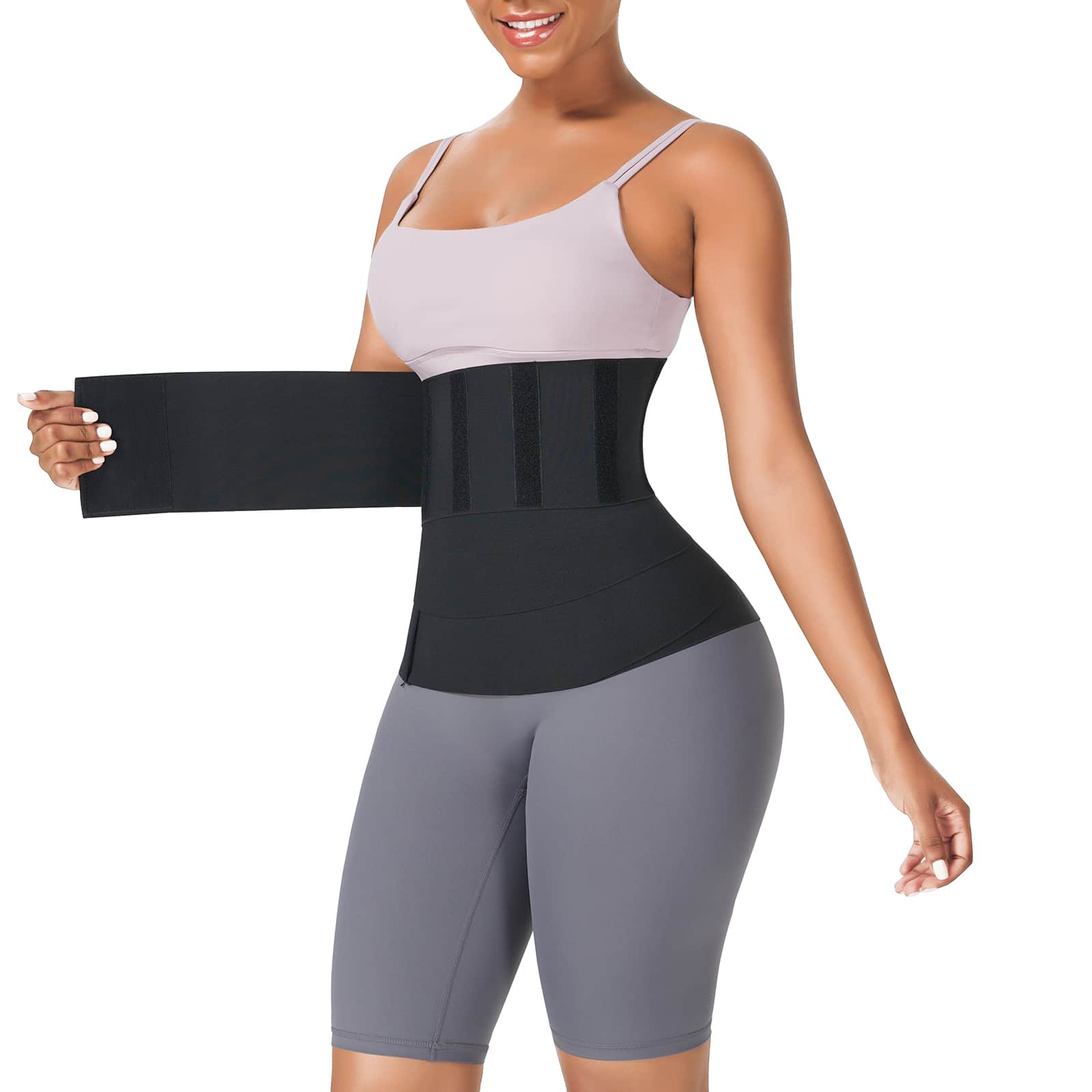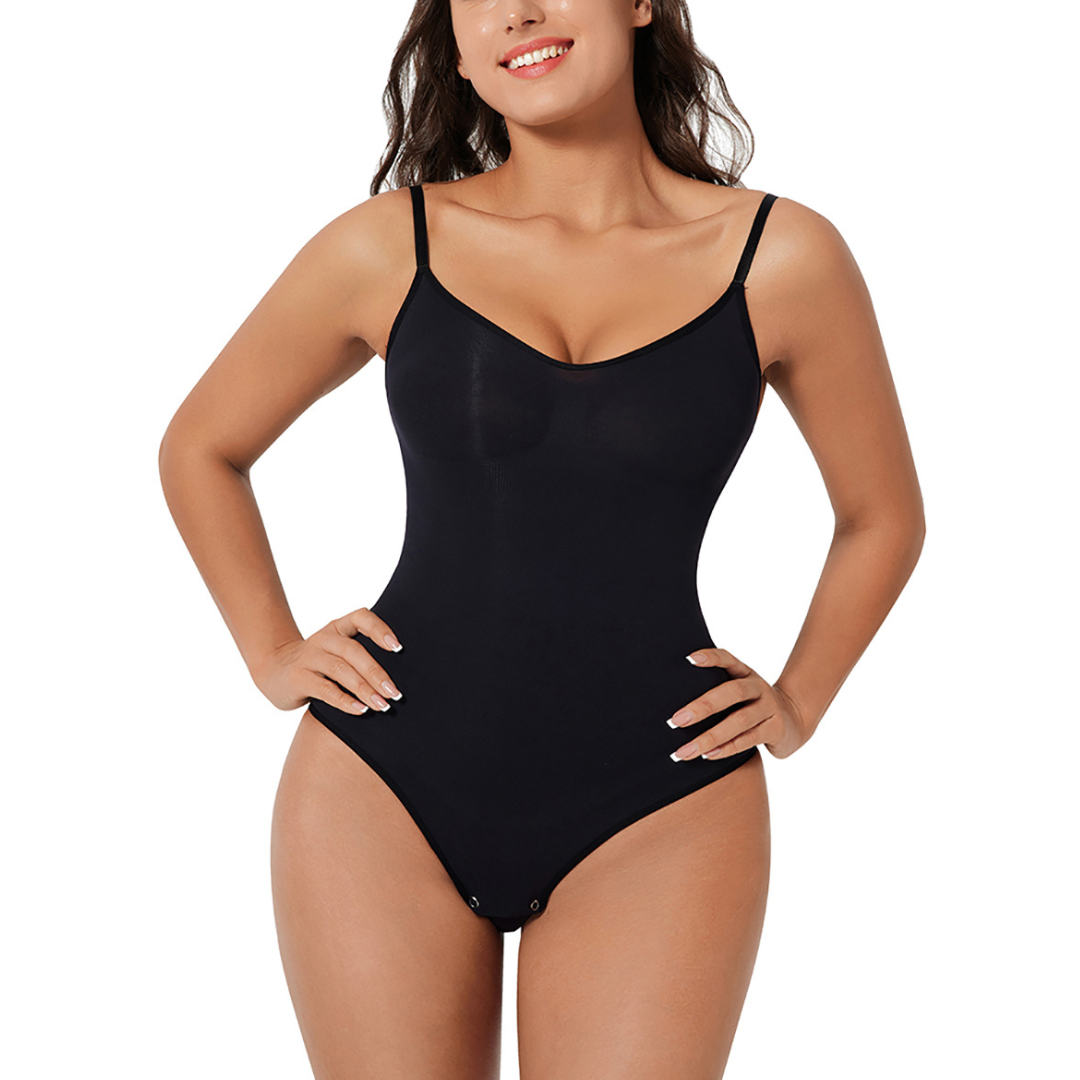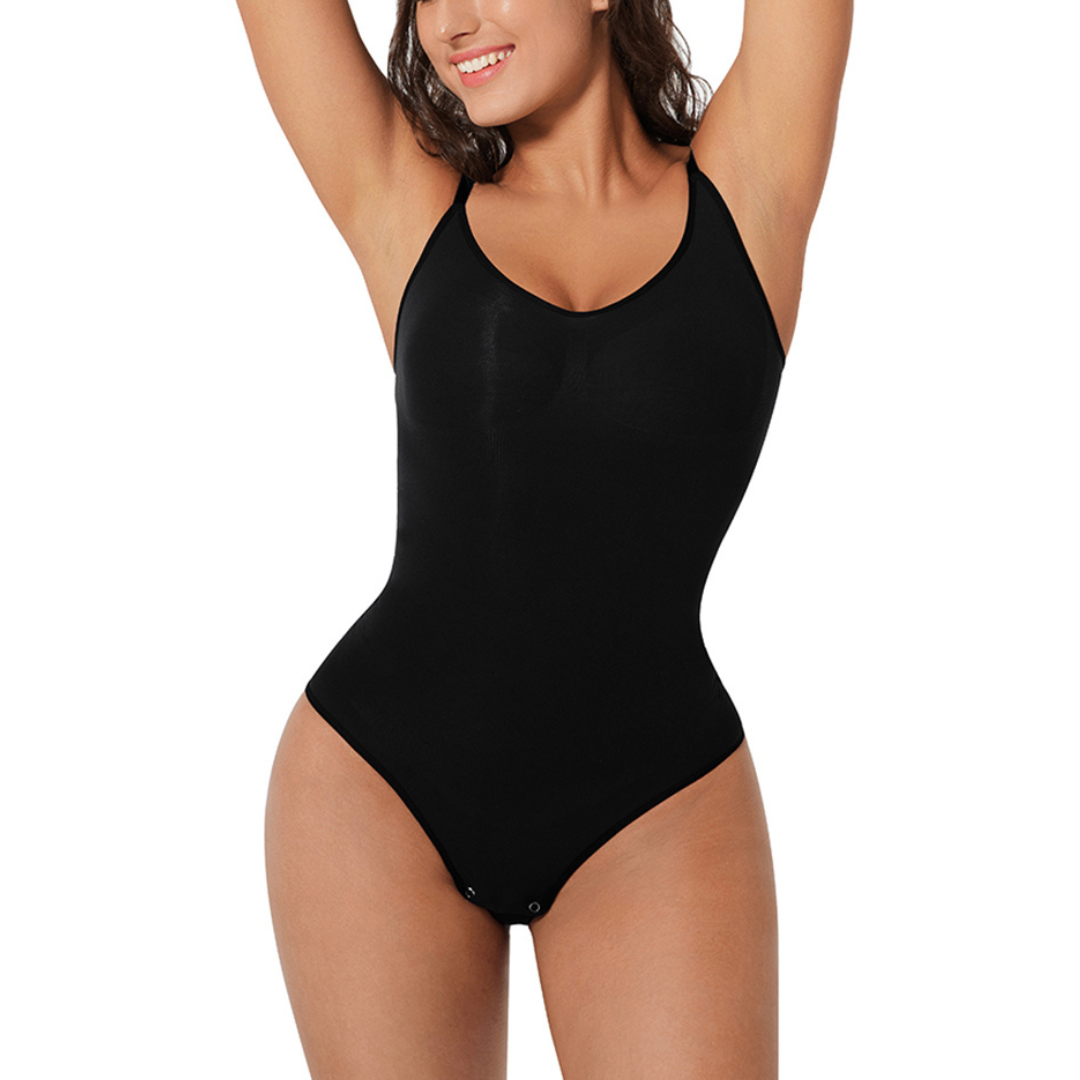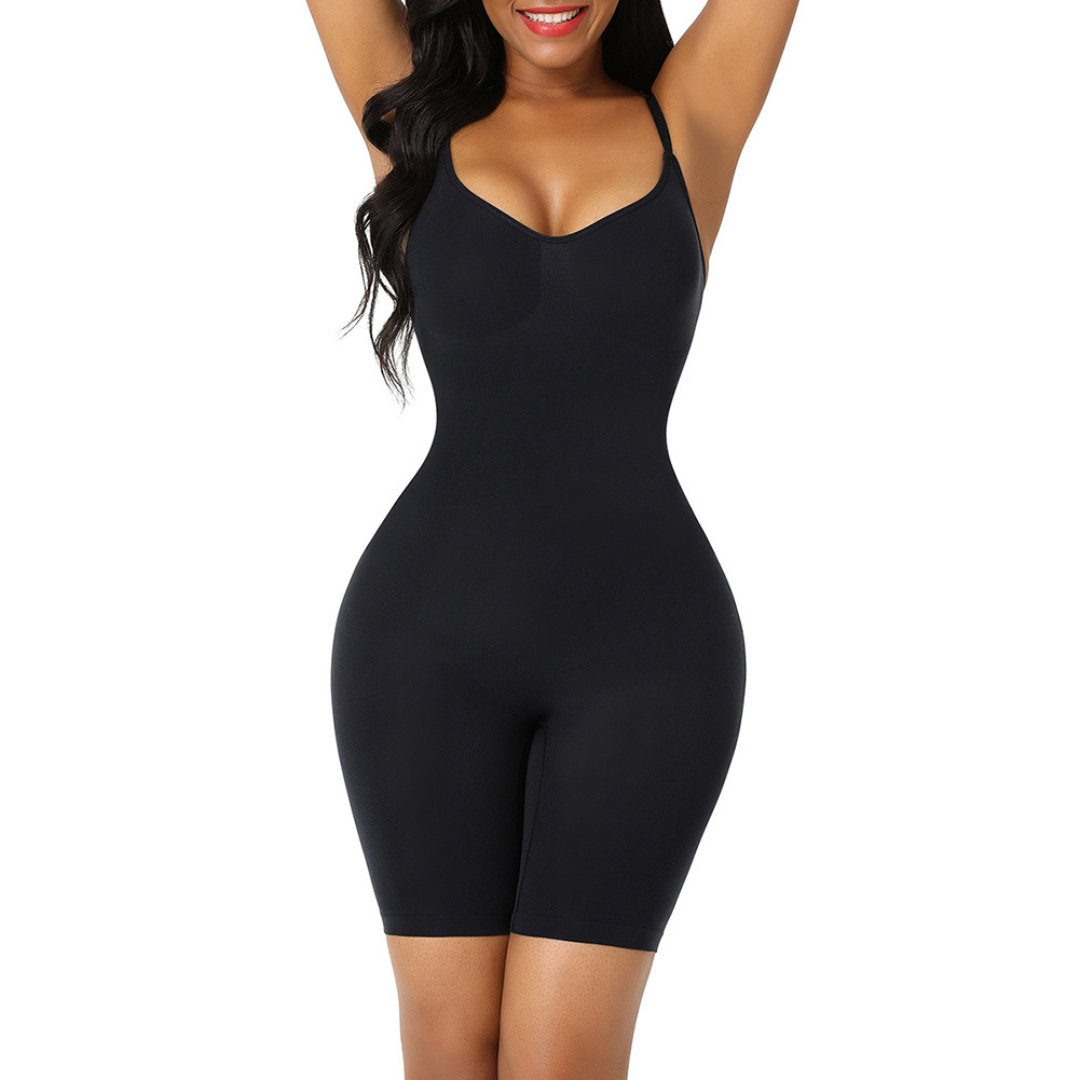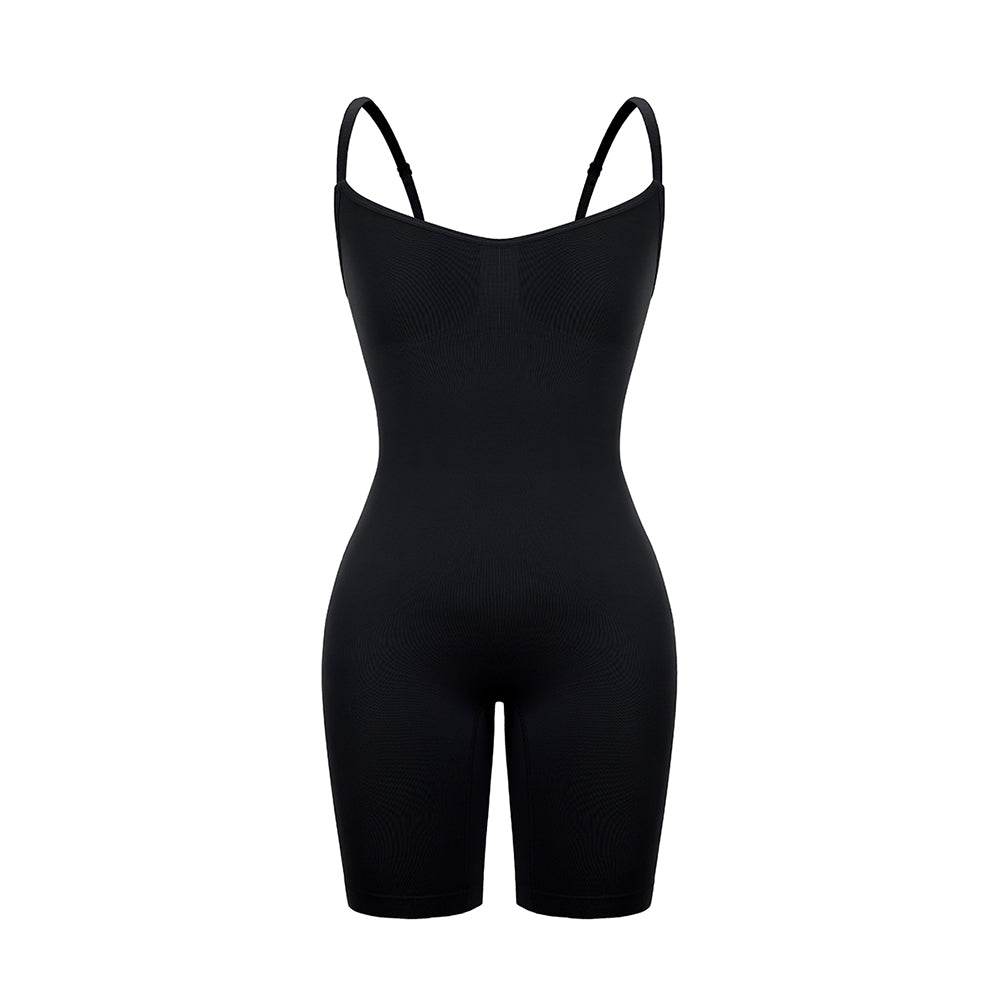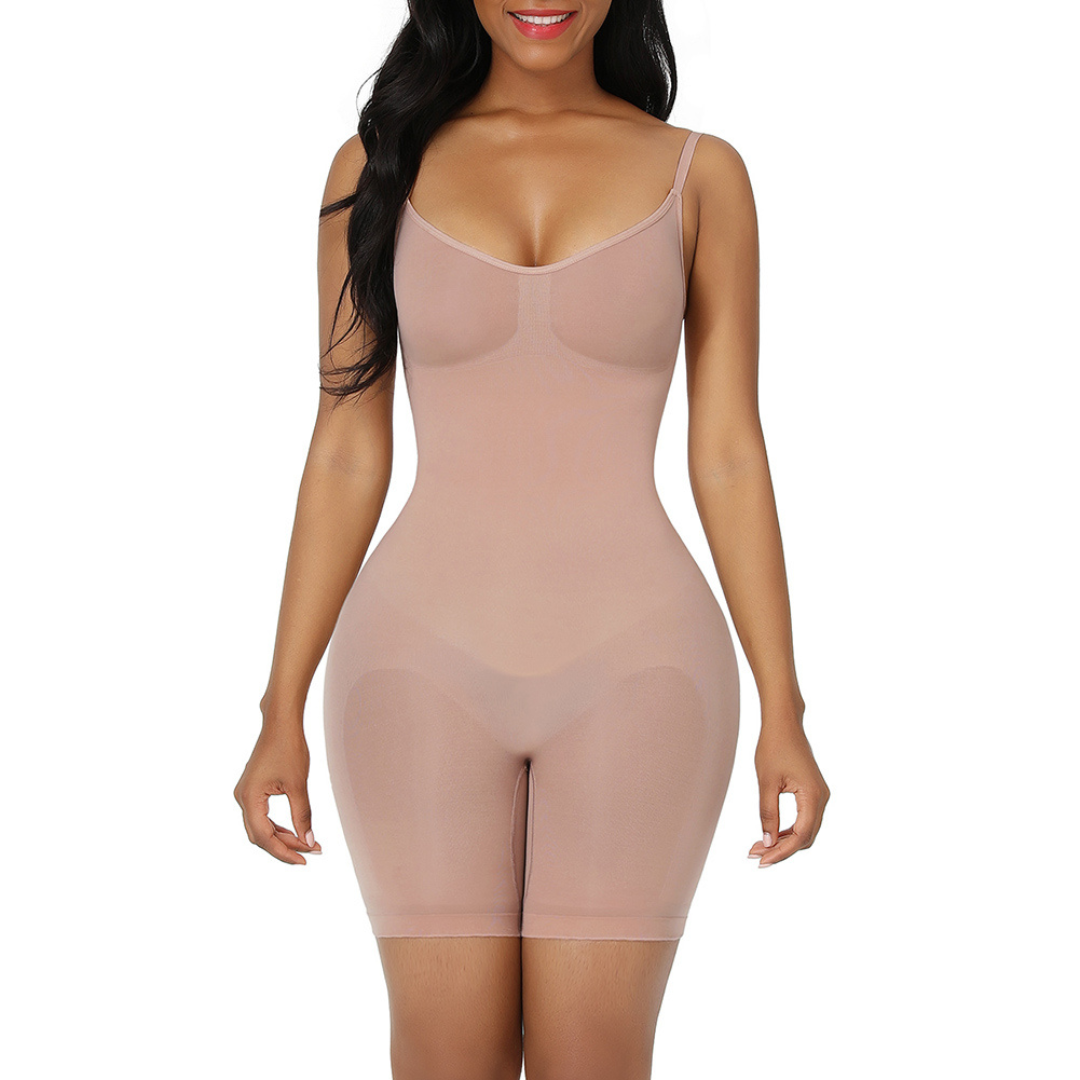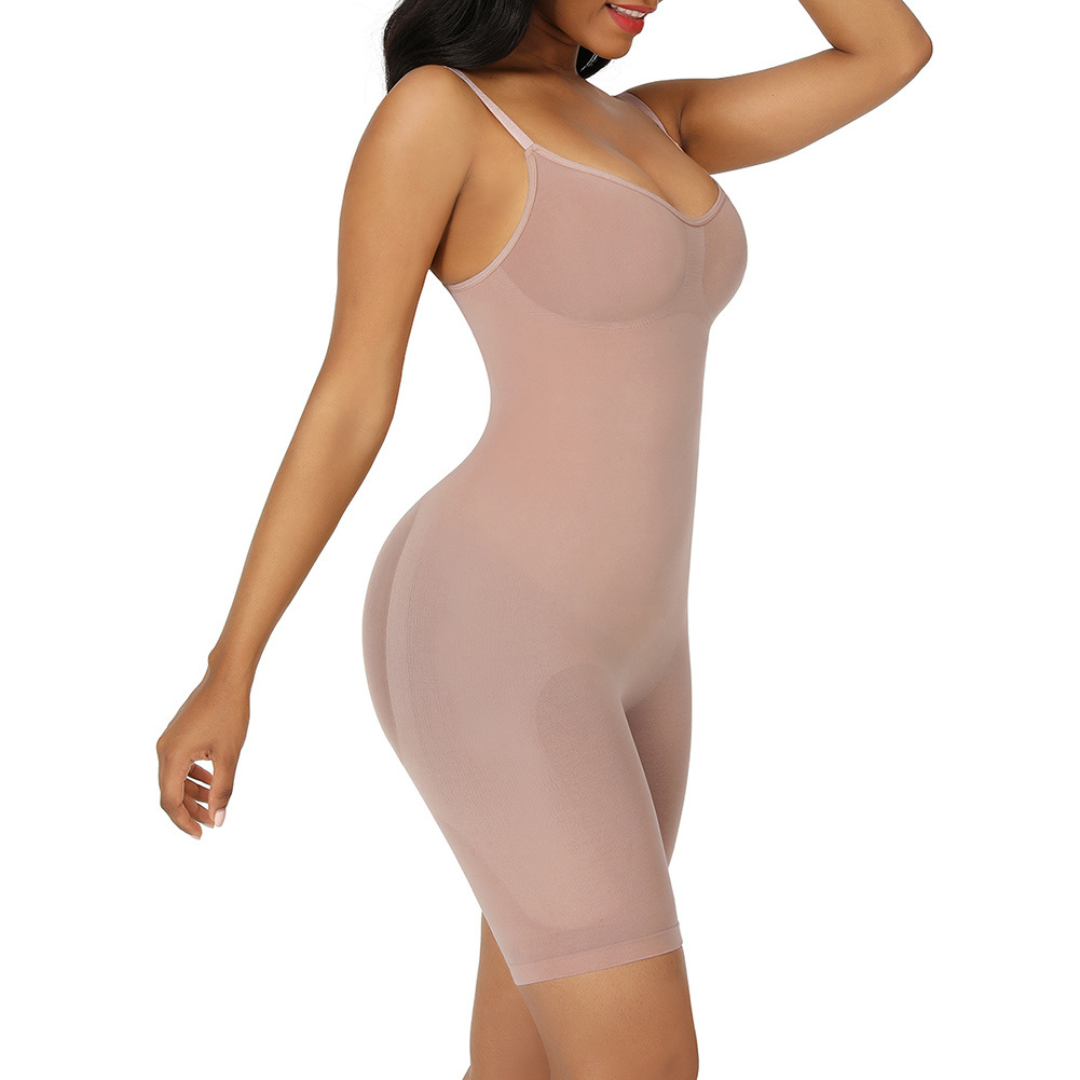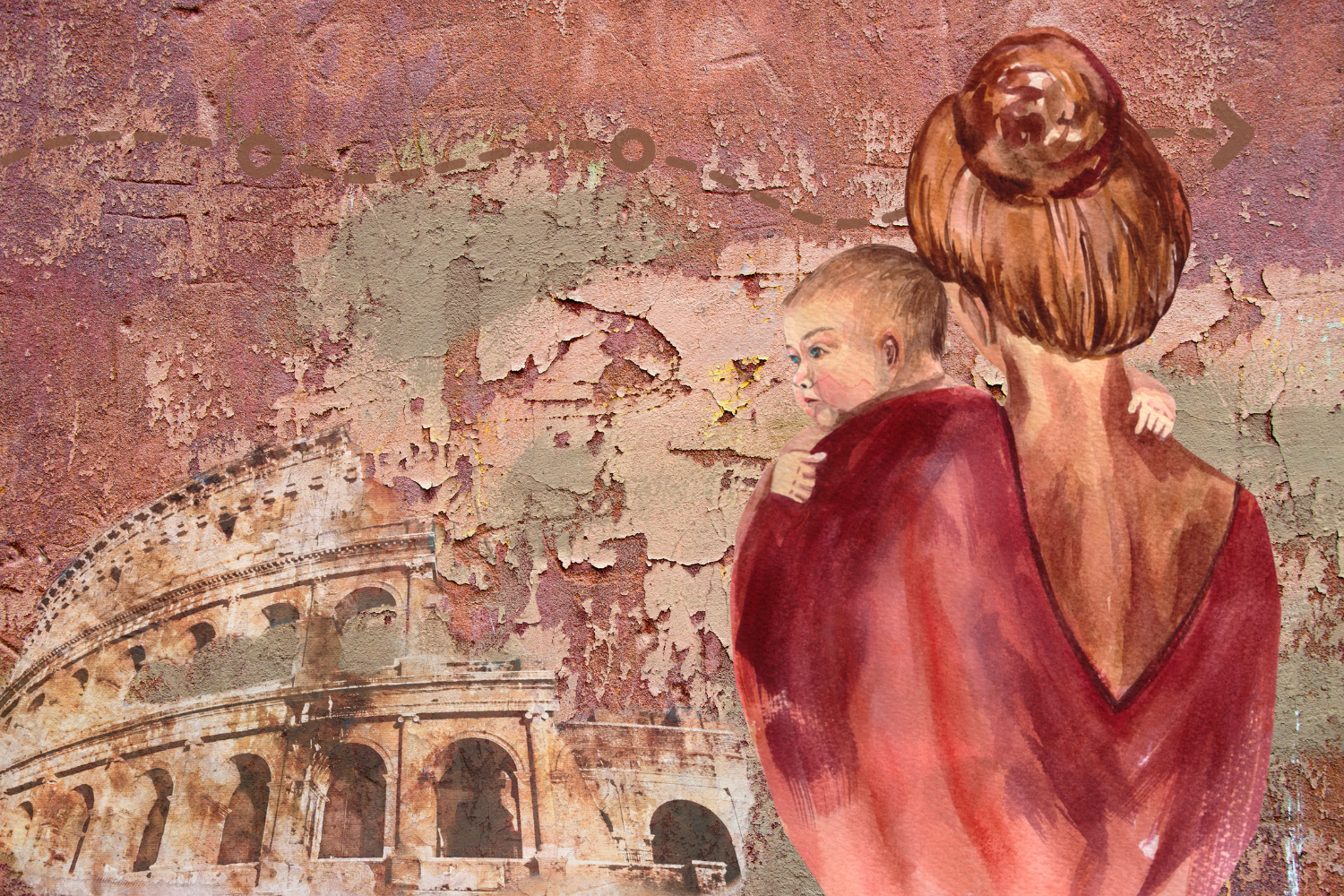
The History of Postpartum Waist Training
Postpartum waist training or binding, also known as belly binding or belly wrapping, has a rich history spanning cultures and centuries. Its origins can be traced back to ancient civilizations where it was used as a method to support women during the postpartum period and aid in their recovery after childbirth.
In many traditional cultures, postpartum waist binding was considered an essential part of the healing process for new mothers. The practice varied widely depending on the region and cultural beliefs, but the underlying principles remained the same – to provide support to the abdomen, promote healing, and help new mothers regain their pre-pregnancy shape.
Waist Binding in Ancient Times
One of the earliest recorded instances of postpartum waist binding dates back to ancient Egypt, where women would use strips of cloth or fabric to wrap their abdomens after giving birth. This practice, known as "girdling," was believed to help the uterus shrink back to its original size and provide support to the abdominal muscles.
In other cultures, such as China and Southeast Asia, postpartum waist binding was a common practice known as "yuezi" or "confinement." During this period, which typically lasted for around 30-40 days after childbirth, women would wear a special garment called a "yuezi belt" or "bengkung" to wrap their abdomen tightly. This was believed to help expel wind from the body, promote blood circulation, and prevent the development of "wind illnesses" such as headaches and joint pain.
Similarly, in Latin American countries, postpartum waist binding has been a longstanding tradition known as "faja" or "banda." Women would use a wide cloth or bandage to wrap their abdomen tightly after giving birth, with the belief that it would help reduce swelling, support the abdominal muscles, and aid in the recovery process.
How We Now Use Waist Training in Modern Times
While the methods and materials used for postpartum waist binding have evolved over time, the underlying principles remain largely unchanged. Today, many women around the world still practice postpartum waist training as a way to support their bodies during the recovery process after childbirth.
In recent years, there has been a resurgence of interest in postpartum waist binding and training, driven in part by celebrity endorsements and social media influencers. However, as always, it is important to approach waist training postpartum with caution and consult with a healthcare professional before incorporating it into your post birth routine. While many women find it helpful for providing support and comfort during the recovery process, it's not suitable for everyone, as some women need to wait until their scar is fully healed before adding compression to the area.
Overall, the history of postpartum waist binding is a testament to the enduring desire of women to support and care for their bodies during the transformative period of childbirth. Whether rooted in ancient traditions or modern practices, the goal remains the same – to promote healing, support, and empowerment for new mothers around the world.
If you are interested in trying postpartum Waist Training, you can read more about it in our blog Postpartum Waist Training: How to support your body and get back into shape post-birth, or shop our Postpartum range.
WAIST TRAINERS & SWEAT BELTS


